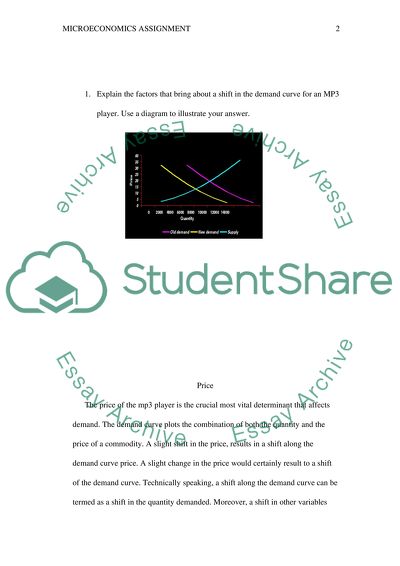Cite this document
(“Micro economics Essay Example | Topics and Well Written Essays - 2250 words”, n.d.)
Micro economics Essay Example | Topics and Well Written Essays - 2250 words. Retrieved from https://studentshare.org/other/1399512-micro-economics
Micro economics Essay Example | Topics and Well Written Essays - 2250 words. Retrieved from https://studentshare.org/other/1399512-micro-economics
(Micro Economics Essay Example | Topics and Well Written Essays - 2250 Words)
Micro Economics Essay Example | Topics and Well Written Essays - 2250 Words. https://studentshare.org/other/1399512-micro-economics.
Micro Economics Essay Example | Topics and Well Written Essays - 2250 Words. https://studentshare.org/other/1399512-micro-economics.
“Micro Economics Essay Example | Topics and Well Written Essays - 2250 Words”, n.d. https://studentshare.org/other/1399512-micro-economics.


